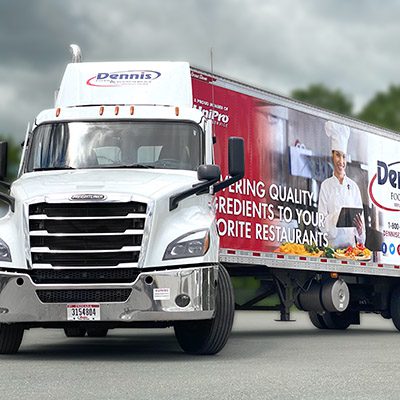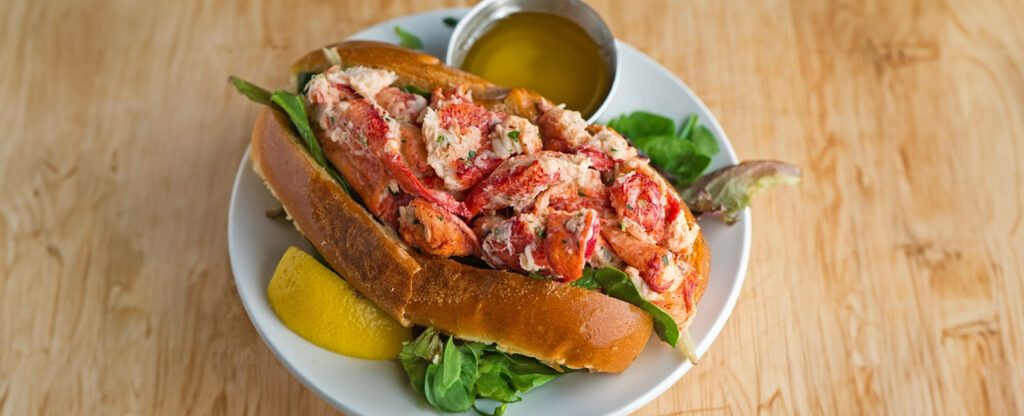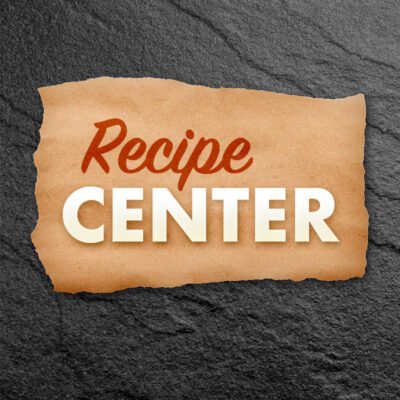
Five of the Most Common Restaurant Menu Mistakes
As more and more food operations compete for their share of customers, getting your menu just right is more important than ever.
Here are five common restaurant menu mistakes to avoid (and if you’re already making them, to fix!)…
1. The menu is too eclectic or too trendy.
While variety is the spice of life, it’s not surprising that putting together a menu comprised of “a little bit of this” and “a little bit of that” ranks among the most common restaurant menu mistakes operators make. Why? Many assume that offering an eclectic selection of dishes will attract more customers. But this menu strategy can often backfire.
The more eclectic the menu, the more difficult it will be for customers to discern what the restaurant “is” and what it is trying to be. Trying to have too broad of an appeal can do more damage than good. What’s more, establishing a niche by becoming known for a particular type of dish or cuisine will prove difficult, if not impossible. The same rings true for super trendy menus. Food trends can come and go very quickly and when a trend goes out of fashion, many customers move on to the next food fad.
2. The menu features too many dishes.
We’ve all been there: sitting at a restaurant with a mammoth menu, attempting to make a decision while our blood sugar levels plummet and we plead with the waiter for just one more minute to decide.
Huge menus lead to customer confusion and a much longer ordering process, contributing to slower table turn and reducing the instances of repeat business.
Operationally, the more menu items you offer, the more extensive your ingredient inventory becomes. While a good inventory management system (hopefully integrated into your restaurant point of sale system) will help to minimize out-of-stocks, the potential for ingredient shortages and menu-item outages increases with the number of dishes on the menu.
So, too, do food production problems that stem not only from these outages, but also from forcing kitchen staff to scramble to prepare smaller quantities of multiple items rather than larger quantities of fewer items. Food quality also suffers with a super-size menu. Kitchen staff cannot gain experience preparing a reasonable number of dishes well or devote equal attention to a myriad of items at the same time.
3. The menu contains too few dishes.
While touting an excessive number of dishes is clearly a bad idea, the same can be said of offering too few options. Such an error ranks high on the chart of restaurant menu mistakes because it limits the potential of the menu to attract a sufficiently large customer base. Menus that are too small decrease customer frequency if there aren’t enough items to entice them to come back.
4. The menu is outdated.
Some dishes are classic and timeless, while others come and go (see mistake #1). If your menu hasn’t changed since Ronald Reagan was in office (or within the past year for that matter), it’s definitely time to revisit and review. Food price fluctuations warrant regular pricing analysis to ensure you’re not losing your margins. So even if the dishes themselves haven’t changed in the past twenty years, your prices need to be regularly updated to reflect market value. Furthermore, every item on your menu should be popular. Get rid of poor-performing menu items to make room for something else.
5. The items on the menu are too complicated.
Not many people want a meal that warrants a 15-minute explanation or that comes with instructions on how to eat it. Offering a menu full of complex menu items can be confusing and unappealing to your patrons and can be extremely stressful for your kitchen staff. Too many complicated dishes on your menu can cause inconsistency issues with ingredients, availability and overall food quality.
Of course there are always exceptions to any rule, but if you find that your restaurant sales have been stagnant or dwindling, checking your menu for these common mistakes (and fixing accordingly) is a great place to start. To take the pressure off of how to manage menus, ingredients, and inventory consistently and accurately, consider investing in a restaurant point of sale system with these integrated management features.
Source: LeebroPOS









